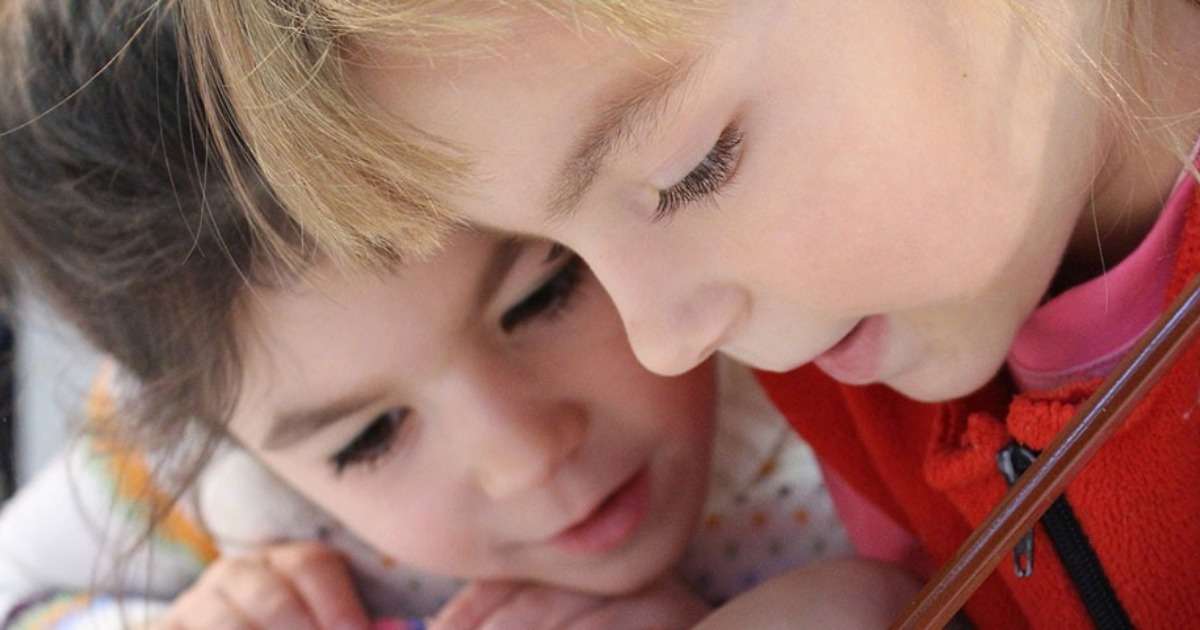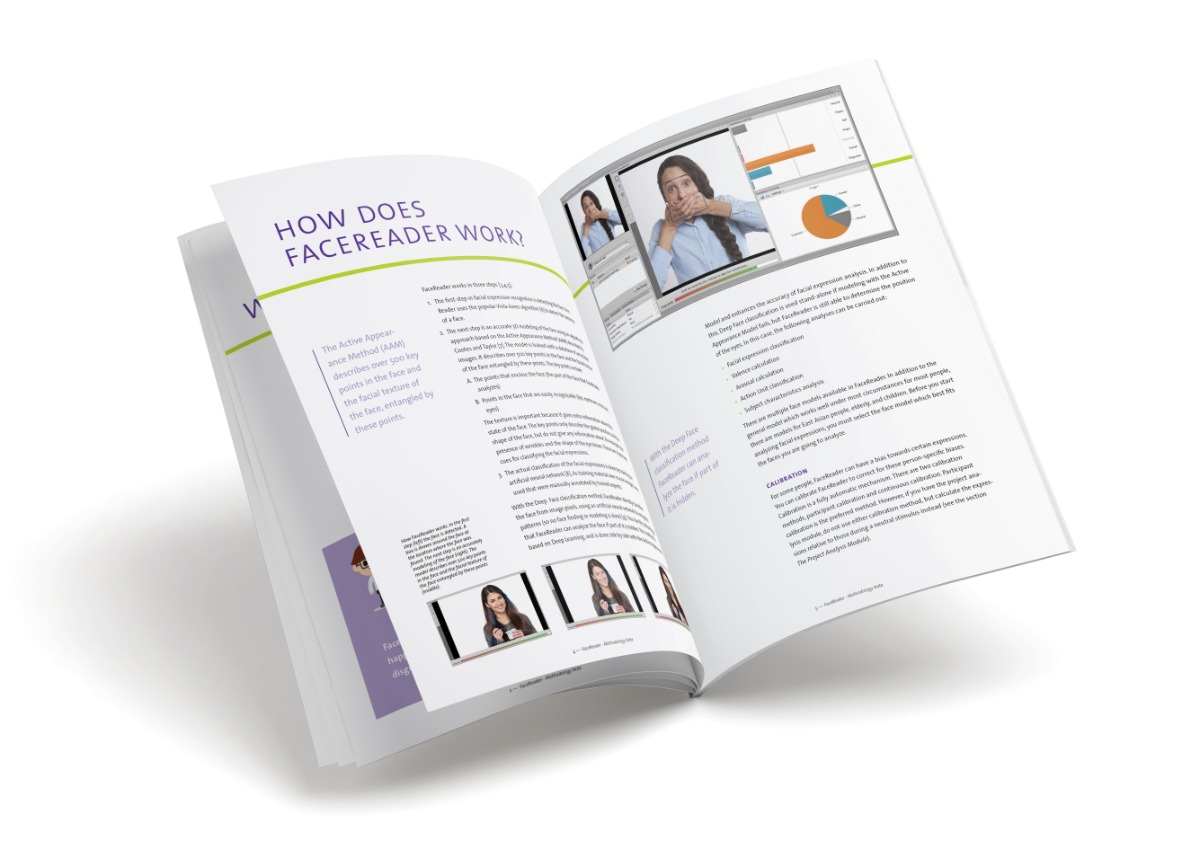
Two examples of on-site observational studies with older persons
In some cases, it is necessary to bring your research to your participants. For example, you might want to observe people in a natural setting: at home, in a shop, in the classroom, or in the office.
Another case where on-site research would be beneficial is when your participants are experiencing health issues, preventing them from travelling to your lab. Conducting your research on location enables you to study people that are otherwise difficult to reach.
These factors should be taken into consideration when choosing the location for your research, especially when conducting studies with older age groups.
Practical aspects of on-site observational studies
If you want to conduct your study in another location, there are some practical aspects to think about. For example, you have to set the right lighting conditions and camera position. You also have to make sure that you capture voices and other sounds accurately.
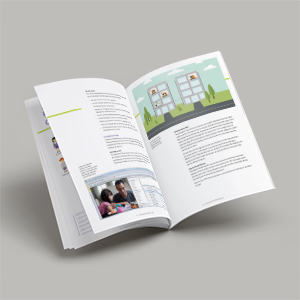
Observational research examples
The first study we describe in this blog post explores how familiarity influences the use of electronic devices in different age groups. In the second study, researchers compared different methods of observing pain expressions in dementia patients.
Example 1: Familiarity and intuitive use
Improving products for older age groups
It is generally assumed that older adults have difficulty using modern electronic devices, such as mobile telephones or computers. Because this age group is growing in most countries, changing products and processes to adapt to their needs is increasingly more important.
Improving technological experiences in older age groups supports their social inclusion, productivity, and their independence. To gain more insight in the learning processes involved in using electronic devices, Lawry and his colleagues compared levels of familiarity between age groups.
Comparing familiarity between older and younger adults
Familiarity describes the way an action is recognized or understood, based on prior experience and knowledge. It develops from a general level of knowledge, to knowledge that is based on experience, and finally to effortless and unconscious action.
The researchers identified several behaviors that suggest familiarity with an action. These include anticipation and planning, relative speed, verbalization, and task attention. They recorded these behaviors during a verbal report of how participants thought they would perform a task, as well as during the performance of the task itself.
Specifically, participants were asked to use a product they were familiar with and a product that was new to them. The study included 32 participants with different educational backgrounds, who were divided into different age groups (18-44, 45-59, 60-74, and 75+).
Observing familiarity at home
What better place to study familiarity than in the familiar place of home? By conducting part of their research in the participants’ homes, researcher Lawry and his team created a more realistic learning environment, had easy access to familiar products, and were able to recruit older participants more easily.
They coded verbal and visual data from both studies using The Observer XT, and used this software to calculate inter-rater reliability as well. Results showed significant differences in familiarity between age groups, concerning both known and new products.

Differences between younger and older adults
When using their own products, the youngest adult group showed more familiar behaviors than the two oldest groups. These younger participants also showed more familiarity when using a new product, compared to all other age groups.
Importantly, these results indicate that intuitive use of new products declines as early as during middle age. Therefore, the researchers advise product designers to incorporate more features that are based on prior knowledge of both middle-aged and older adults.
Example 2: Pain expressions in dementia
Observing pain expressions
In dementia, severe cognitive impairment can lead to an inability to communicate verbally. When these patients can’t tell their caregivers about the pain they feel, an accurate assessment of pain expressions becomes essential.
Browne and her colleagues examined how the angle of observation influences this assessment, both in trained and untrained observers. It is widely assumed that a front view provides the most information on pain. However, caregivers also often observe patients from the side.
Not only can this information be used to improve human observations, but it can also support the development of computer vision systems, further improving care for people with dementia.
On-site observational study
The researchers included 102 adults over the age of 65 in their study, with and without dementia.
Video recordings were made from both the front and profile of their faces, during a physiotherapy examination and a baseline period. Observers used this video data to assess pain expressions with two different coding systems.
They made their observations in long-term care facilities and an outpatient physiotherapy clinic. This approach provided opportunities to observe participants in their beds, as well as during their treatments.
When analyzing their data, Browne and her colleagues used The Observer XT to code the video data and calculate reliability between raters.
Benefits of a profile view
Both trained and untrained observers were able to discriminate between pain and pain-free situations. When comparing assessments between these observers, results showed that undergraduate students relied less on specific pain cues when making their observations.
During physiotherapy, the students also rated pain intensity higher and more accurately when viewing patients’ profiles. This suggests that the assessments of less experienced observers could improve when including a profile view.
Observer accuracy may also benefit from the use of computerized systems, particularly when viewing patients from the front.
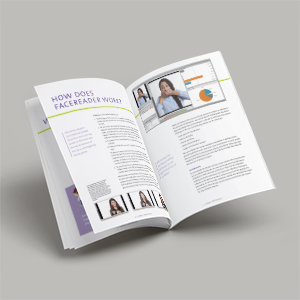
Interested in human behavior research? Read more on 'How to study human behavior'!
References
- Lawry, S.; Popovic, V.; Blackler, A.; Thompson, H. (2019). Age, familiarity, and intuitive use: an empirical investigation. Applied Ergonomics, 74, 74-84.
- Browne, E.; Hadjistavropoulos, T.; Prkachin, K.; Ashraf, A.; Taati, B. (2019). Pain expressions in dementia: validity of observers’ pain judgments as a function of angle of observation. Journal of Nonverbal Behavior, https://doi.org/10.1007/s10919-019-00303-4.
Get the latest blog posts delivered to your inbox - every 15th of the month
more
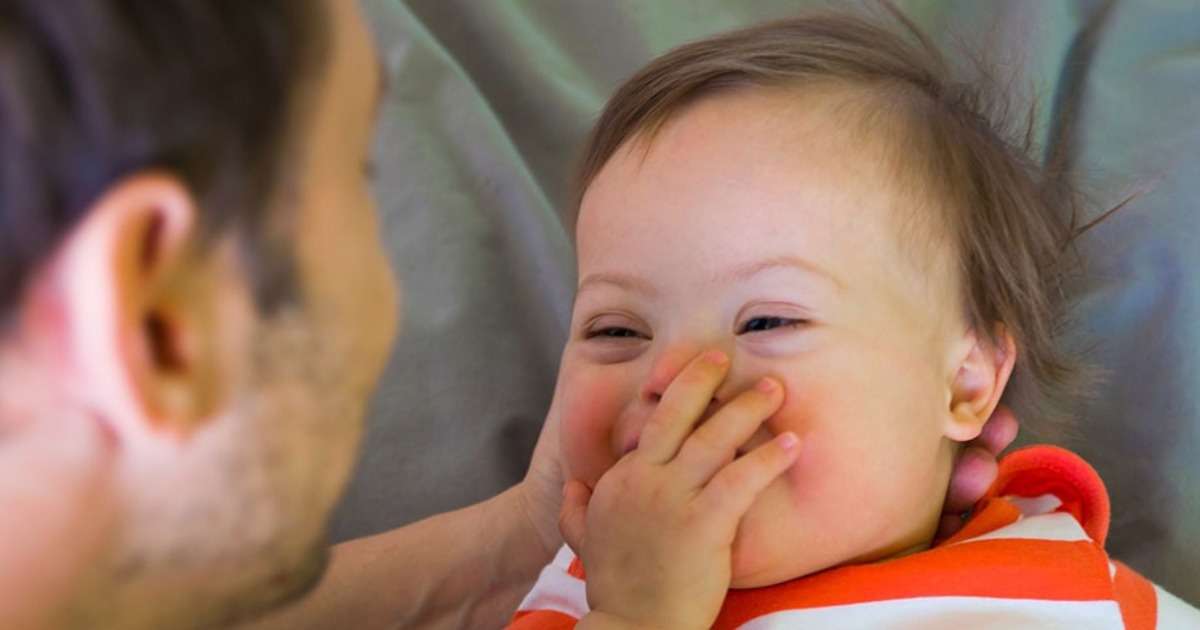
Understanding cognitive delays in infants with Down syndrome
Did you know that Down syndrome is one of the most common chromosomal diseases in people? Researcher Fidler and her colleagues aim to understand more about early cognitive development in people with Down syndrome.
Eating behaviors in children: how is looking related to consumption?
Is time spent looking at food related to eating behavior? Researcher Lundquist and her colleagues studied the relationship between delayed gratification and consumption of food.